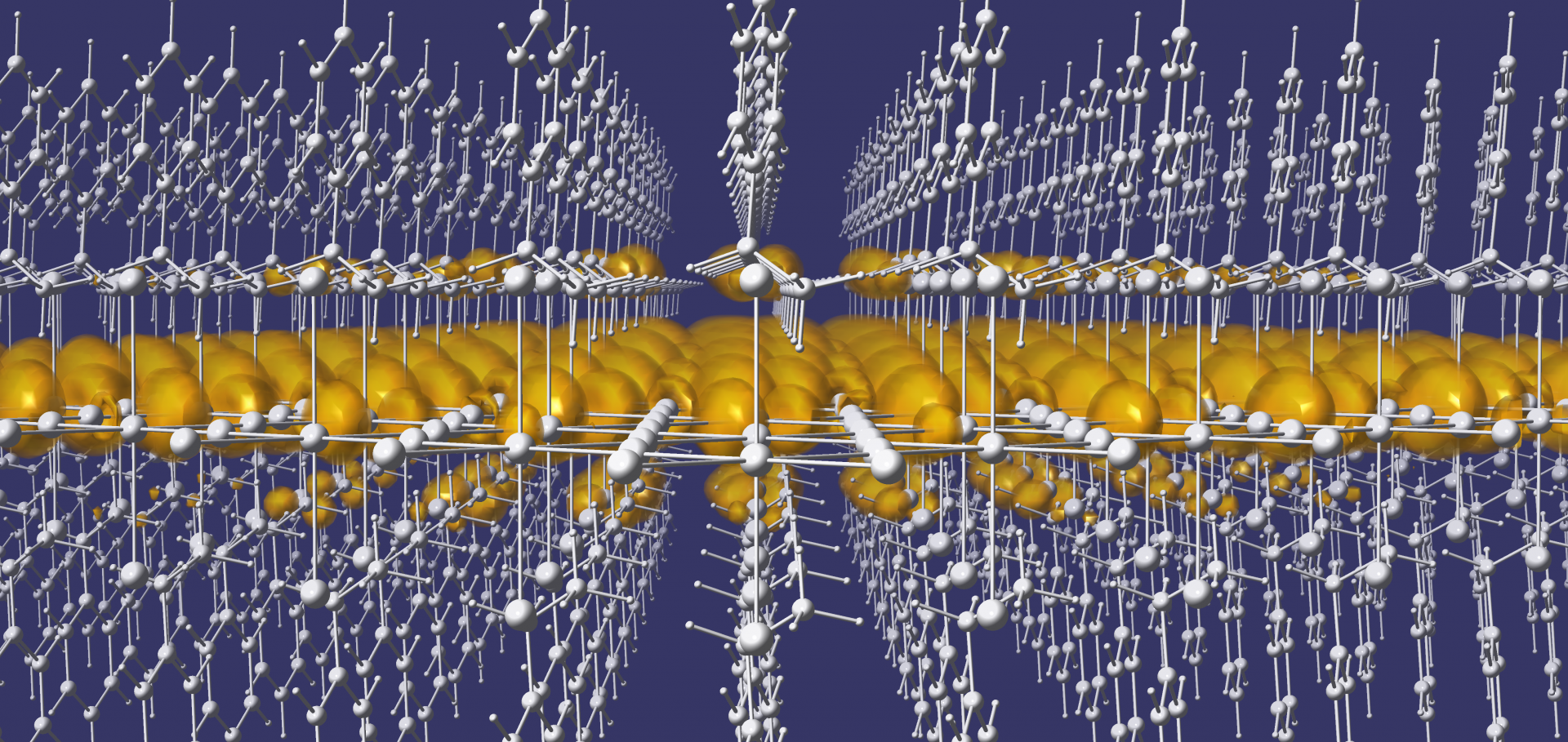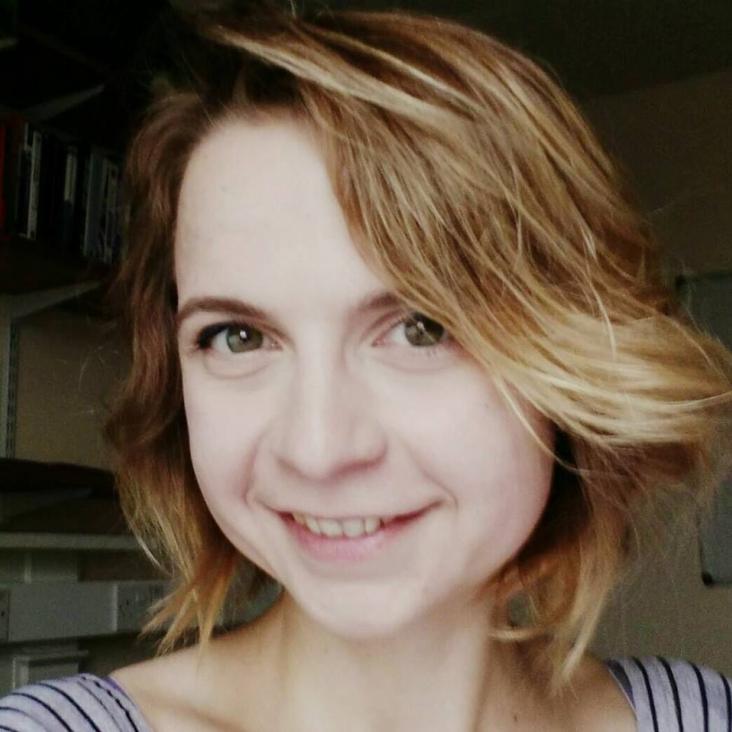Tracking electron and hole dynamics in 3D dirac semimetals
Proceedings of the 46th International Conference on Infrared, Millimeter and Terahertz Waves (IRMMW-THz 2021) IEEE (2021)
Abstract:
Using ultrafast optical-pump terahertz-probe spectroscopy (OPTP) and ultrafast terahertz emission spectroscopy, we showcase the electron and hole dynamics in Cd3As2 nanowires (NWs), a well-known 3D Dirac semimetal a subgroup of the newly discovered . A temperature-dependent photoconductivity measurement was carried out yielding an incredibly high electron mobility ~ 16,000 cm2/Vs at 5K. Strong THz emission due to helicity-dependent surface photocurrents was also observed for both nanowires and single crystal (SC) which is highly desirable for devices such as THz sources.Band edge orbital character strongly impacts the excitonic properties of halide double perovskites
Fundacio Scito (2021)
Directed assembly of layered perovskite heterostructures as single crystals
Nature Springer Nature 597:7876 (2021) 355-359
Abstract:
The precise stacking of different two-dimensional (2D) structures such as graphene and MoS2 has reinvigorated the field of 2D materials, revealing exotic phenomena at their interfaces1,2. These unique interfaces are typically constructed using mechanical or deposition-based methods to build a heterostructure one monolayer at a time2,3. By contrast, self-assembly is a scalable technique, where complex materials can selectively form in solution4,5,6. Here we show a synthetic strategy for the self-assembly of layered perovskite–non-perovskite heterostructures into large single crystals in aqueous solution. Using bifunctional organic molecules as directing groups, we have isolated six layered heterostructures that form as an interleaving of perovskite slabs with a different inorganic lattice, previously unknown to crystallize with perovskites. In many cases, these intergrown lattices are 2D congeners of canonical inorganic structure types. To our knowledge, these compounds are the first layered perovskite heterostructures formed using organic templates and characterized by single-crystal X-ray diffraction. Notably, this interleaving of inorganic structures can markedly transform the band structure. Optical data and first principles calculations show that substantive coupling between perovskite and intergrowth layers leads to new electronic transitions distributed across both sublattices. Given the technological promise of halide perovskites4, this intuitive synthetic route sets a foundation for the directed synthesis of richly structured complex semiconductors that self-assemble in water.Hot electron cooling in InSb probed by ultrafast time-resolved terahertz cyclotron resonance
(2021)
Phonon Screening of Excitons in Semiconductors: Halide Perovskites and Beyond.
Physical review letters American Physical Society (APS) 127:6 (2021) 67401


